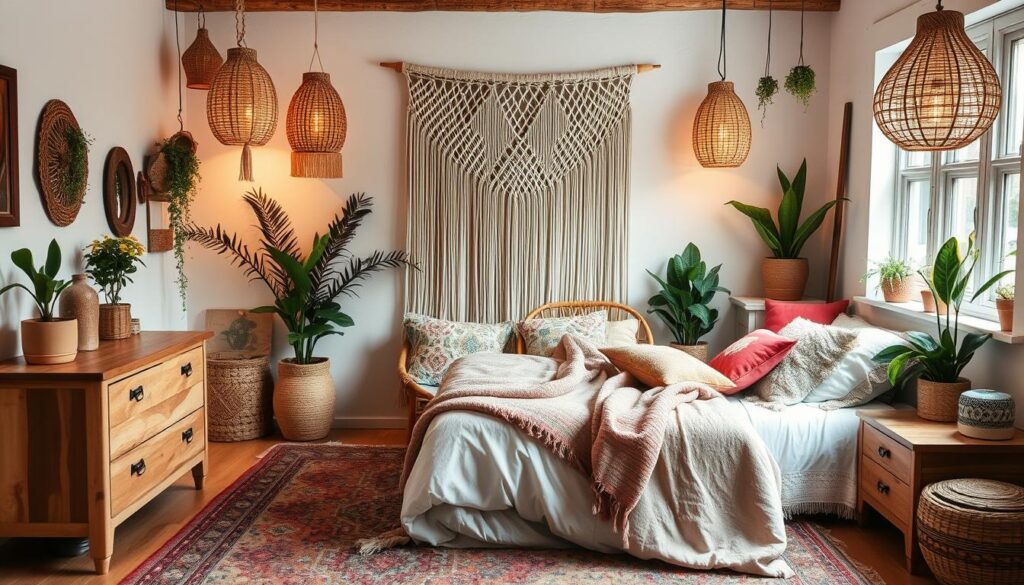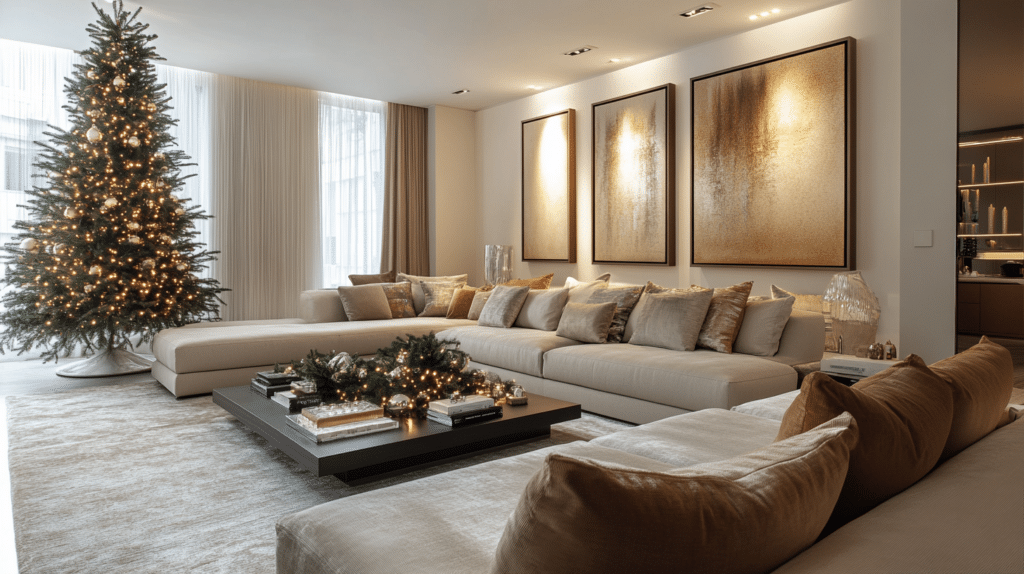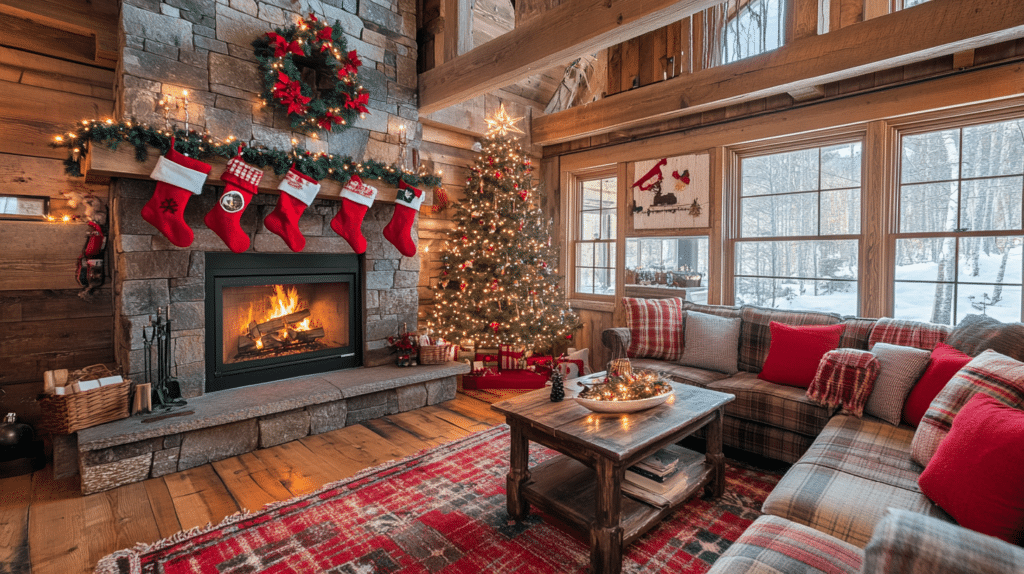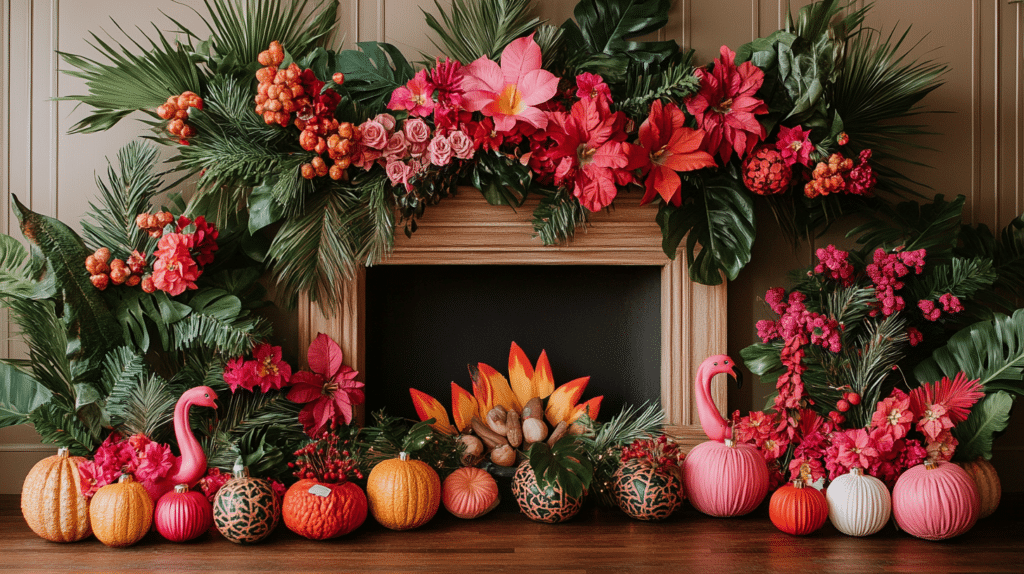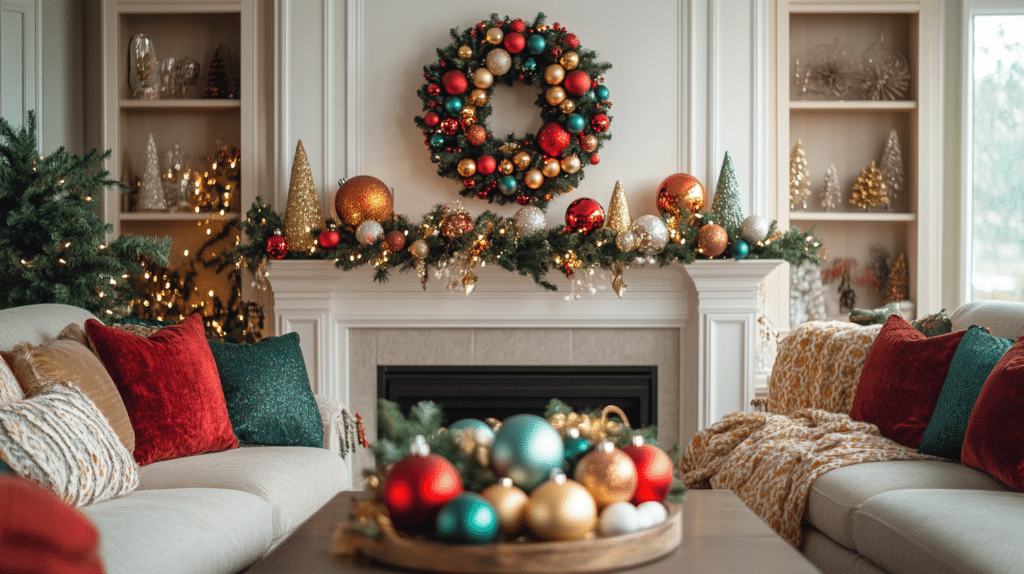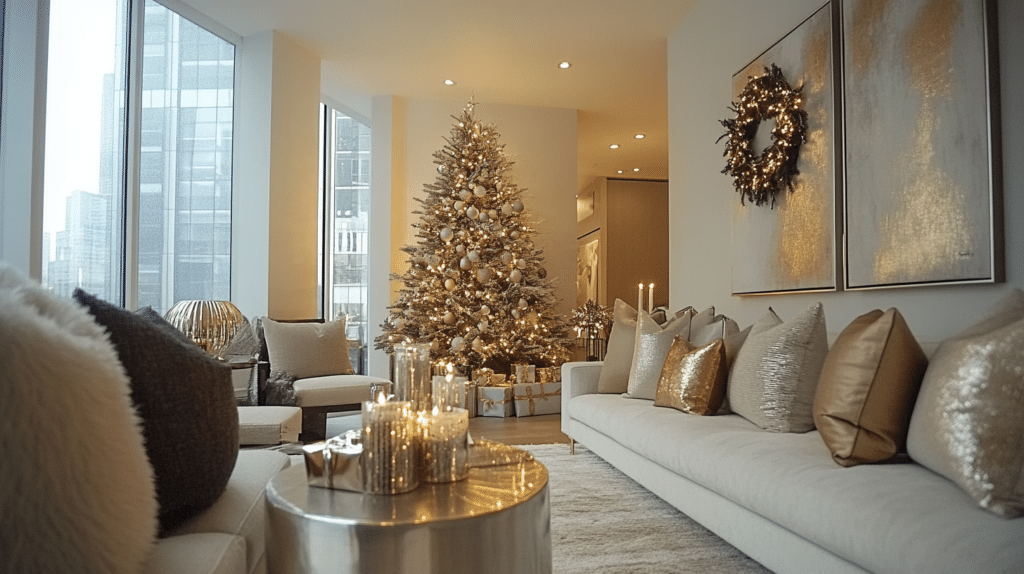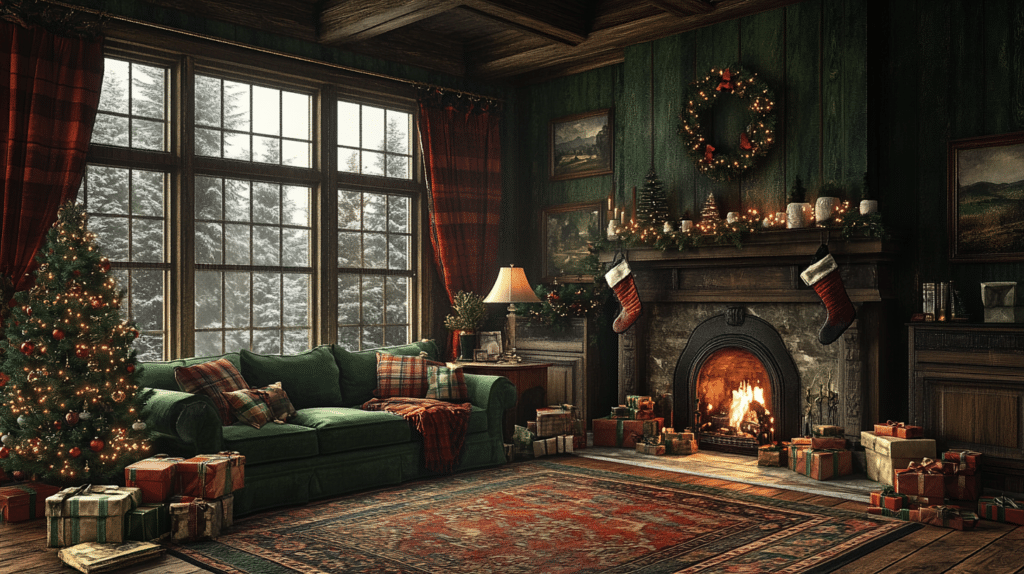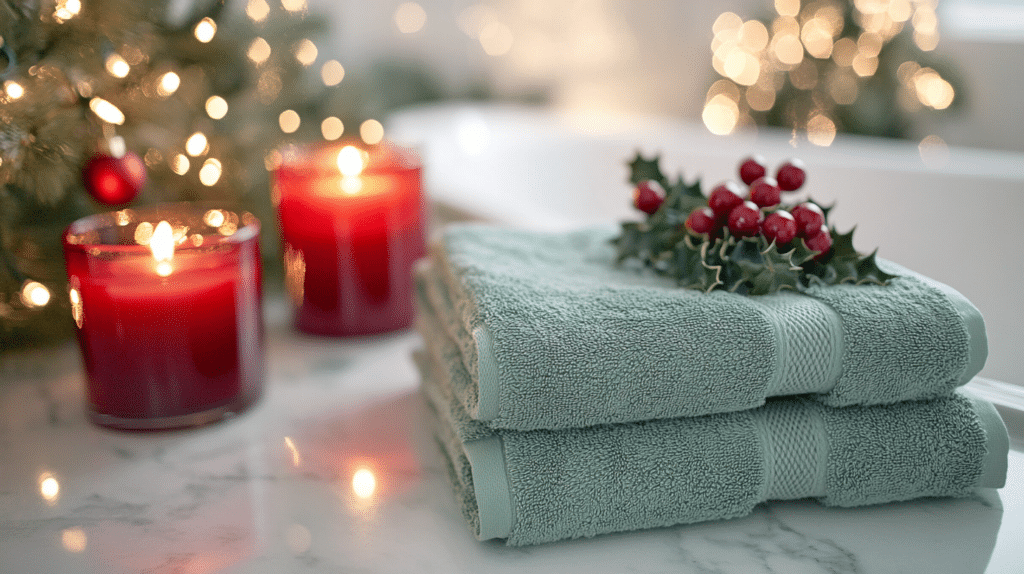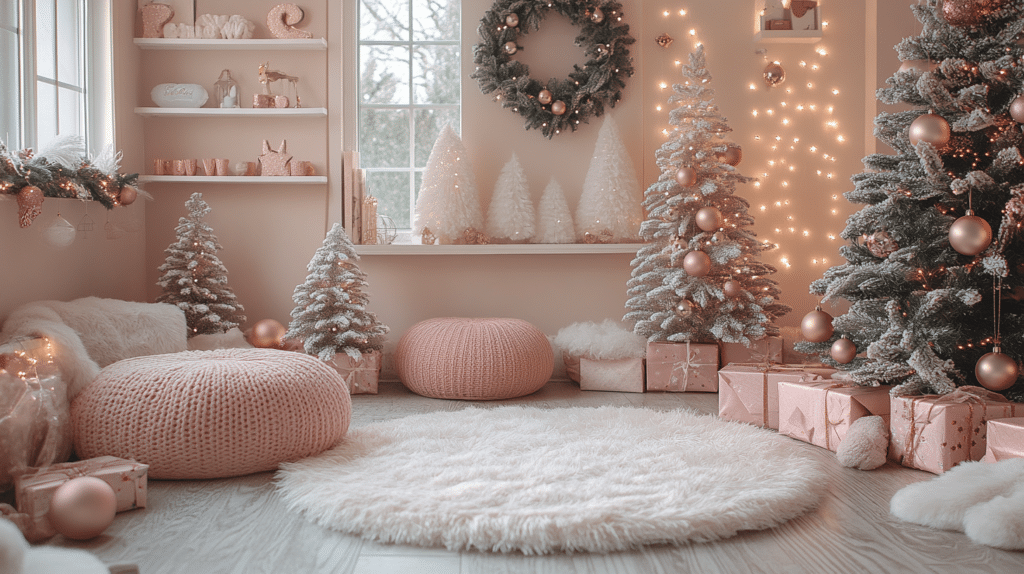Creating the perfect nursery for your baby is both exciting and challenging. You need to pick the right theme and ensure it’s safe and functional. With a few steps and creativity, you can make a nursery that looks great and meets your baby’s needs.
My sister’s experience inspired me. She wanted a whimsical woodland nursery but faced issues with storage and safety. A professional designer helped her create a beautiful and practical space.
I aim to help new parents with nursery design. We’ll look at themes, storage, and safety tips. This guide will make your baby’s nursery a place of comfort and joy.
This article is for those starting fresh or updating their nursery. It will give you the tools and inspiration to create your dream nursery. Let’s start this journey and make your baby’s room a haven that will grow with them.
Creating the Perfect Nursery Space: Essential Planning Steps
Creating a nursery for your baby is an exciting journey. It’s important to plan well. You need to measure your space, set a budget, and plan a timeline.
Measuring and Space Assessment
Start by measuring your room’s dimensions. This helps you figure out how much space you have. Note the room’s width, length, and ceiling height. This ensures your furniture fits perfectly.
Budget Planning and Timeline
Setting a budget is crucial to avoid overspending. Think about furniture, decor, and storage. Also, plan for any repairs or renovations. Make a timeline for planning, buying, and setting up your nursery.
Basic Layout Considerations
With your measurements and budget ready, start planning your nursery’s layout. Think about where to put the crib, changing table, and seating. Make sure the room is easy to move around in. Leave space for future additions like a play area or more storage.
| Planning Step | Key Considerations |
|---|---|
| Measuring and Space Assessment |
|
| Budget Planning and Timeline |
|
| Basic Layout Considerations |
|
By following these steps, you’ll create a perfect nursery for your family. Stay tuned for more tips on nursery themes, furniture, and storage.
Popular Nursery Themes and Color Schemes for 2024
The world of nursery design is about to change in 2024. We’ll see new themes and color palettes. Parents-to-be will find many options, from classic to modern styles.
Gender-neutral nursery designs are still popular. Expect to see lots of green, gray, and neutral colors. These colors make a nursery calm and welcoming, perfect for any child.
Nature, animal, and whimsical themes are also trending. You can use bright blues, warm yellows, and earthy tones. This creates a nursery that’s fun and full of imagination.
| Nursery Themes 2024 | Baby Room Colors |
|---|---|
|
|
Creating a beautiful nursery in 2024 is all about balance. Mix timeless elegance with playful charm. Use these themes and colors to make a nursery that’s both beautiful and practical. It will grow with your child, always looking great.
Essential Furniture Pieces for a Functional Nursery
Setting up a nursery means choosing the right furniture. You need a comfy and safe space for your baby. This includes a crib, changing tables, and nursing chairs. Each piece is important for a cozy and practical nursery.
Crib Selection and Placement
The crib is the heart of the nursery. Pick one that’s safe and sturdy. It should have adjustable mattress heights. Place the crib safely, away from windows and heavy furniture.
Changing Table Requirements
An ergonomic changing table makes diaper changes easy. It should have lots of storage and be the right height. Some tables even turn into dressers, saving space.
Seating Options for Parents
Comfortable seating is key for feeding and soothing your baby. Choose a nursing chair or glider with good back support. Look for one with storage or a matching ottoman for extra convenience.
By picking and arranging the right nursery furniture, you’ll have a cozy and organized space. This will help you and your baby stay happy and healthy.
Smart Storage Solutions for Small Nurseries
Creating a cozy nursery in a small space can be tough. But, the right storage can make it work. As a nursery designer, I’m here to share some smart tips for keeping it tidy.
Using multi-functional furniture is key. Look for a crib that’s also a changing table or a dresser with shelves. Tall bookcases and wall-mounted shelves are great for saving floor space.
Closet systems are also a smart choice. Get a customizable closet organizer to fit your needs. This keeps clothes, linens, and essentials organized and easy to find.
Don’t overlook baskets, bins, and other smart storage. Use every spot, from under the crib to the dresser top, for toys and supplies. This keeps your nursery clean and welcoming for your baby.
With creativity and the right furniture, even small nurseries can be cozy and organized. The right storage keeps your space tidy. This lets you focus on bonding with your baby.
Lighting Design: Creating the Right Atmosphere
Lighting is key in designing a nursery. It helps create the perfect mood for your baby. The right lighting choices are crucial for your baby’s comfort and well-being.
Natural Light Management
Maximizing natural light in the nursery is vital. It can calm both you and your baby. Use blackout curtains or blinds to control sunlight. This ensures your baby can nap and sleep peacefully.
Artificial Lighting Options
Artificial lighting is also important. Dimmable lights let you adjust brightness for different activities. Choose baby-friendly lamps with soft light to make the nursery cozy and inviting.
Night Light Considerations
Choose a night light that offers a gentle glow. It should help your baby feel secure and comfortable at night. Go for energy-efficient, non-intrusive night lights that won’t disturb your baby’s sleep.
By carefully choosing nursery lighting, you create a space that’s both functional and beautiful. It helps foster calm and serenity for your growing family.
Nursery Design – Themes, Storage Solutions, and Safety Tips
Designing a nursery for your newborn is exciting and rewarding. You’ll need to think about themes, storage, and safety. These elements help create a cozy, organized, and safe space for your baby.
Choosing a nursery theme is fun. You can pick from many options like woodland creatures or soft colors. Use your theme in wall decor, bedding, and furniture. This makes your nursery look good and feel right.
Good storage is key to a tidy nursery. Look for dressers with changing tables, storage ottomans, and shelves. Use the walls for storage, like hanging organizers and under-crib drawers. This keeps everything in order.
Keeping your baby safe is very important. Make sure furniture is stable and use safety gates. Keep cribs away from windows and radiators. Also, avoid small objects that could be choking hazards.
By focusing on design, storage, and safety, you can make a great nursery. It should look good, be organized, and be safe. This balance is crucial for a nursery that works well for everyone.
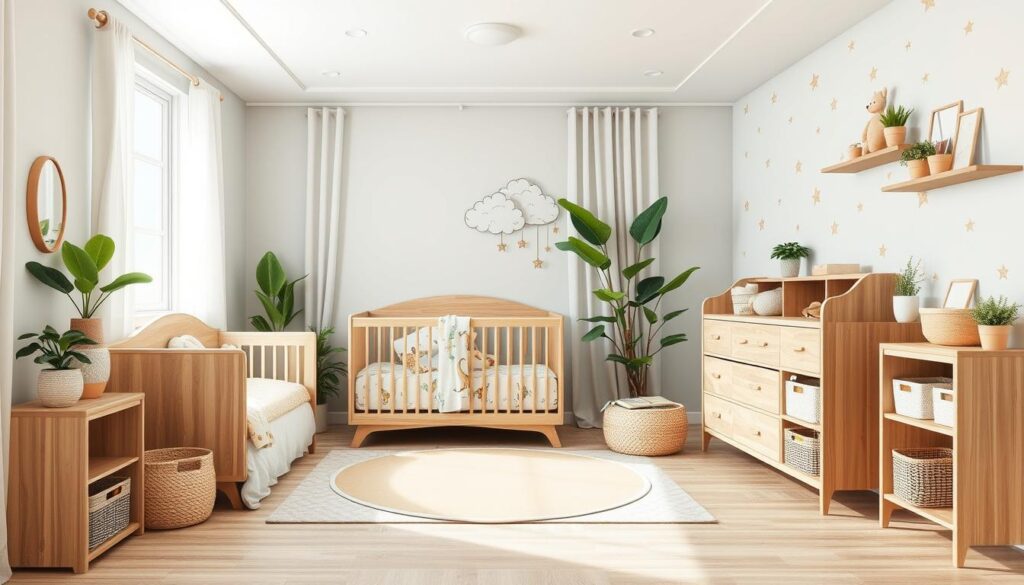
Baby-Proofing Your Nursery: Safety First Approach
Creating a safe and nurturing environment for your little one is a top priority when designing a nursery. As a new parent, ensuring the nursery is properly baby-proofed should be a key focus. In this section, I’ll guide you through essential safety measures to protect your precious bundle of joy.
Window and Door Safety
Windows and doors pose potential hazards for curious babies. Install window guards or safety locks to prevent falls. Keep cords and draperies well out of reach to avoid strangulation. Ensure all doors have pinch-proof hinges and doorknob covers to prevent little fingers from getting caught.
Furniture Anchoring Guidelines
Securing furniture is crucial to prevent tip-overs that could harm your child. Use sturdy furniture anchors to attach dressers, bookcases, and other tall pieces to the wall. Place heavy items on lower shelves and avoid placing TVs or other electronics on top of furniture. Baby-proof edges and corners with protective padding or bumpers.
Electrical Safety Measures
Safeguard your nursery from electrical hazards by covering all outlets with safety covers. Tuck away any exposed cords and keep electrical devices out of reach. Consider installing tamper-resistant outlets for added peace of mind. Regularly inspect the nursery for any potential electrical risks.
By implementing these essential baby-proofing techniques, you can create a safe and secure nursery environment for your little one to thrive. Remember, a proactive approach to nursery safety is the key to providing a comfortable and worry-free space for your growing family.
Sustainable and Eco-Friendly Nursery Design Options
As eco-conscious parents, we can make a nursery that’s both beautiful and sustainable. By choosing eco-friendly nursery design, we ensure a healthy space for our child. This aligns with our values of caring for the environment.
Choosing sustainable furniture is key. Look for items made from renewable or recycled materials like wood, bamboo, or cork. These options are good for the planet and add a natural touch to the nursery. Add organic baby products like textiles and rugs to make it even greener.
It’s also crucial to use non-toxic paint. Regular paints can have harmful chemicals that affect health. Choose paints with low or no VOCs for a safer nursery.
For lighting, go for energy-saving LEDs or natural light. Using windows and skylights can make your nursery bright without needing lots of artificial light. This cuts down on energy use and carbon emissions.
Eco-friendly nursery design is more than looks; it’s about safety and sustainability. With some research and creativity, you can create a nursery that reflects your values. It will be a great start for your child’s growth and development.
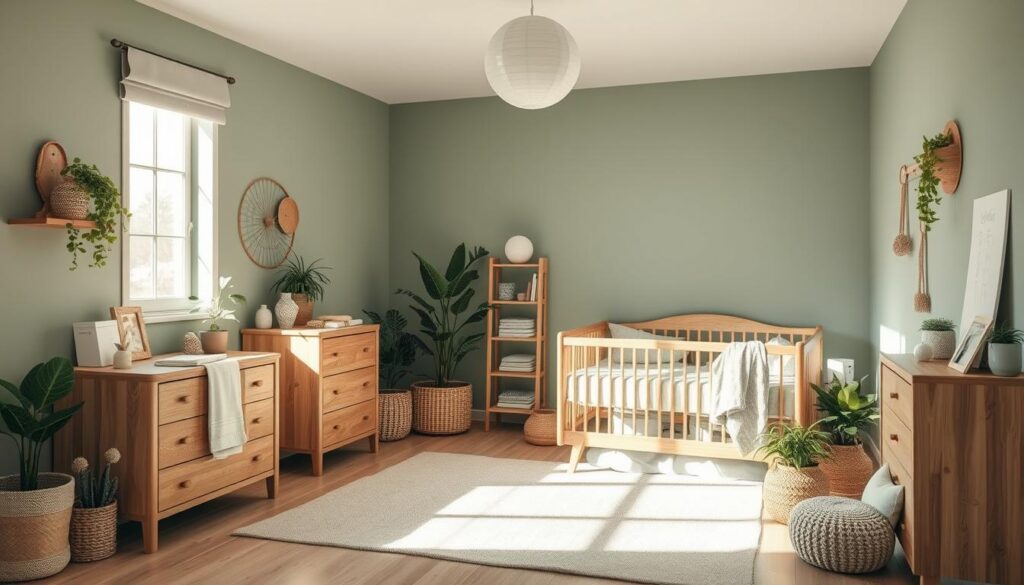
Organization Systems That Grow With Your Child
Adaptable nursery furniture and modular storage are key for a growing family. They help keep your child’s space tidy and useful. Think about convertible cribs and other versatile items for a smooth transition from baby to toddler and beyond.
Convertible Storage Solutions
Choose nursery storage that’s modular and adjustable. Modular shelving units can change as your child grows. Convertible cribs that turn into toddler beds or even full-size beds are a smart choice. They save you from buying new furniture as your child gets older.
Future-Proof Design Elements
Go for nursery furniture and decor that adapts to your child’s growth. Items like a changing table that turns into a dresser are great. A neutral color palette and timeless designs help the nursery evolve from baby to toddler room and more.
Using convertible storage and future-proof designs makes your nursery grow with your child. This way, you avoid expensive and disruptive updates. It saves time and money and keeps your home comfortable as your family changes.
Incorporating Personal Touches and DIY Elements
Designing the perfect nursery is all about adding personal touches and DIY projects. You can create custom wall art or handmade baby accessories. This makes the space truly yours.
Adding personalized nursery decor is easy. Design wall art with your baby’s name or favorite characters. DIY projects like painted canvases or wooden letters also make a big difference.
- Craft your own custom wall art for a personalized touch
- Sew or knit handmade baby accessories like blankets, pillows, or mobile
- Upcycle thrift store finds into unique nursery decor
- Experiment with DIY nursery projects like painted furniture or custom shelving
For those on a budget, DIY nursery projects are a great option. They let you create handmade baby accessories and personalized nursery decor without spending a lot. Use your creativity and let your style show in every corner.
| DIY Nursery Project | Materials Needed | Estimated Cost |
|---|---|---|
| Personalized Wall Art | Canvas, paint, stencils | $10 – $50 |
| Handmade Baby Blanket | Fabric, thread, sewing machine | $20 – $75 |
| Custom Wall Shelves | Wood, stain, brackets | $30 – $100 |
By adding personal touches and DIY nursery projects, you can make a unique nursery. It will show off your family’s style and personality. Get creative and make your baby’s space special.
Conclusion
We’ve come to the end of our nursery design journey. I’m sure you now know how to make the perfect space for your baby. We’ve talked about planning the layout, choosing furniture, and adding smart storage. We’ve also covered safety.
The secret to a great nursery is finding the right mix of function, comfort, and style. By using the tips from this guide, you can create a space that’s both practical and beautiful. You can choose from many themes and colors to make your nursery special.
Starting this new chapter is exciting. Stay organized, keep safety in mind, and enjoy the process. With some planning and creativity, you can turn any room into a cozy haven for your child. Add personal touches and DIY projects to make it uniquely yours. Happy nursery designing!

